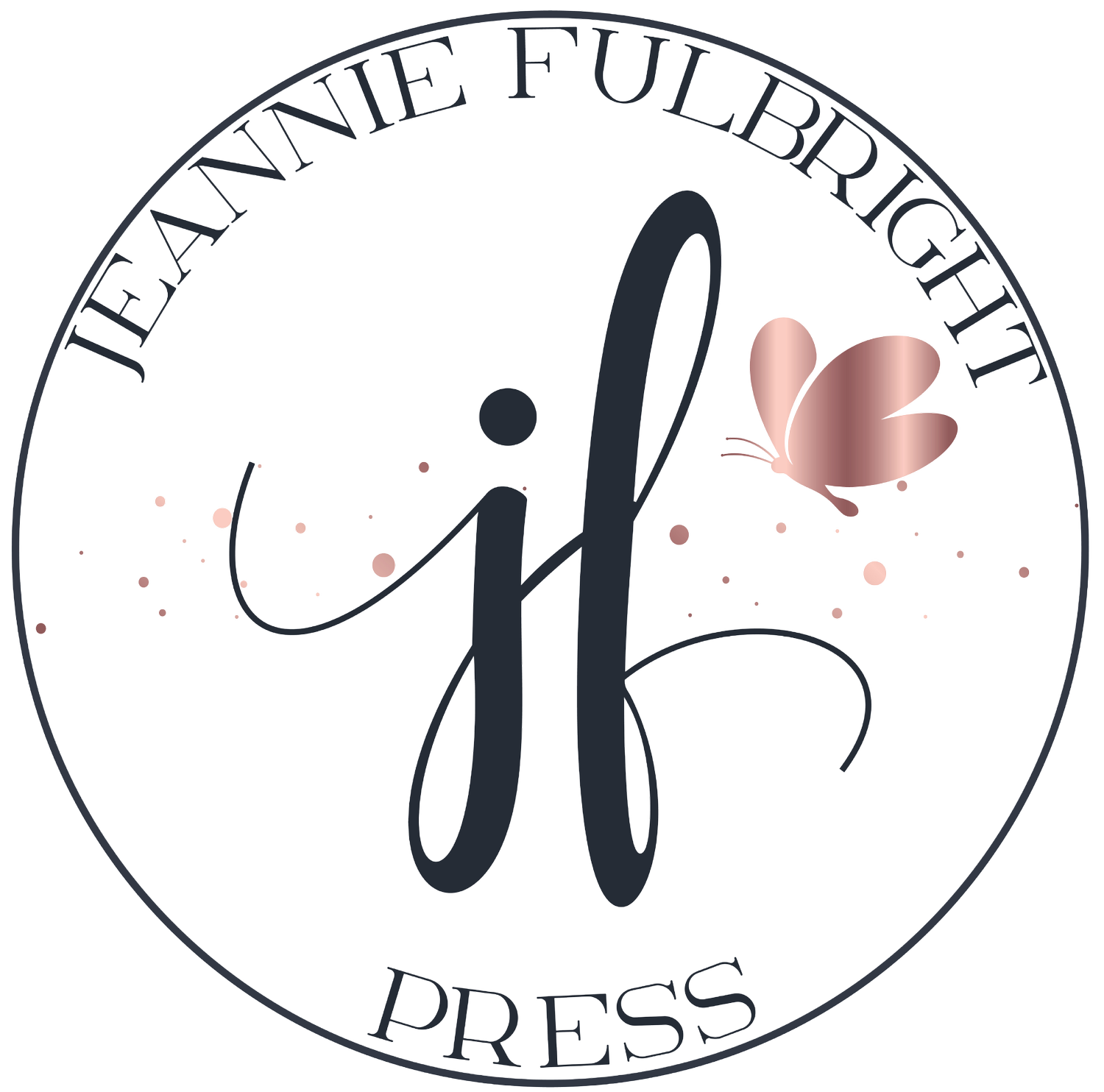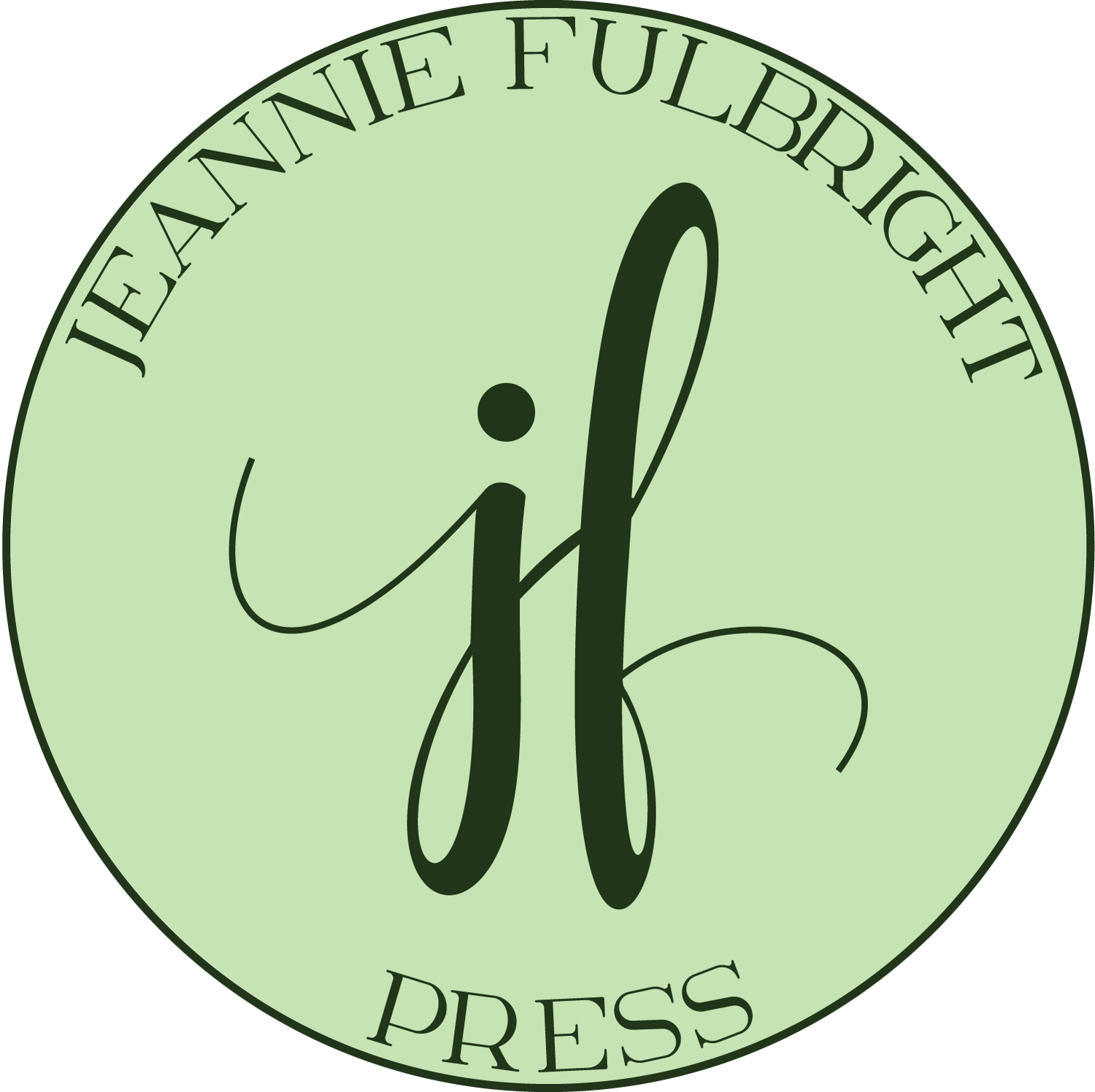My Apologia Science Story
Have you ever wondered how or why I, as a homeschool mom of four young children, wrote a series of seven science books that became the #1 best-selling, award-winning Apologia science curriculum?
Well, first I’ll tell you the why, and then I’ll explain the how.
Because of the way it was presented in school, I thoroughly disliked science before college. It felt boring and irrelevant. Nevertheless, being in a city that rarely saw a cold day, I loved being outdoors running barefoot and exploring the world from dawn to dusk. I adored nature. As an elementary-aged child, I explored caves and followed creeks for hours, getting thoroughly lost but never feeling afraid. I experimented with plants, attempting to discover which ones were edible (that didn’t always end well). I collected and cared for crayfish, daddy longlegs spiders, and an opossum. I hunted and played with adorable green snakes and one huge black tarantula. I created a caterpillar hospital for injured caterpillars. I dug up earthworms so I could catch catfish in the nearby springs.
Although I spent all my time indoors writing stories (I should have majored in the Liberal Arts in college), I majored in Pharmacy and discovered a love for chemistry and other academic sciences. However, I continued writing and changed my major senior year to graduate more quickly and get married.
When I began homeschooling, my natural proclivity was to stir up a passion for science that matched my own. As I attempted to use the current homeschool science offerings, my perfect science course began to materialize in my head. As a trained scientist and lifelong writer, I should have known that my imagined perfect course would eventually lead to the creation of the Young Explorer Series. Here’s how it happened.
Year 1: The Horrors of a Teacher’s Manual
The first science course I purchased came with a very large, very detailed teacher’s manual. The instructions told me to read the manual and then verbalize what I learned to my children. This worked pretty well for the first few days.
And then—BOOM! Real life happened.
Everything took twice as long as planned, including dealing with my children’s tears, hunger, complaints, and arguments. Contributing to the chaos of my early days of homeschooling were crying babies, messy toddlers, nonstop laundry, the ringing phone, and the nuisance of everyone expecting a home-cooked lunch and dinner every day!
Faced with the complications of real life, I quickly realized I didn’t have time to read, study, learn or prepare a lesson for a subject that wasn’t one of the three R’s. Needless to say, science fell by the wayside that year.
From that experience, I learned that my perfect science course would not come with a laborious teacher’s manual. Rather, the course would teach me alongside my children. We would sit down together and discover science as a family while reading aloud. Science would be easy and enjoyable to teach. No teacher’s manual allowed.
Year 2: The Terrors of Twaddle
Year two rolled around, and I ordered a curriculum that included about sixteen different books from a variety of publishers, along with a detailed daily schedule. My job was to follow the schedule and read certain pages from each book—mostly of the Usborne variety—every day. The books were colorful and the graphics interesting, but the text was dull, dry, and boring—twaddle.
About two weeks into the school year, the realities of life and home education intruded upon my well-laid plans. Just getting through the basics was like slogging through knee-deep mud uphill! Every day I was exhausted by noon. I didn’t have the energy to put in the effort required to follow a complicated schedule that sent us scurrying from one book to another. (Where did those books run off to anyway? They were never where I’d left them.) Honestly, as much as I loved science, my kids needed to learn to read and do math.
Science had to become easier, or it wasn’t going to happen. Sigh. Another year without science.
I decided that my perfect science course would not only have beautiful graphics, but it would be written with an engaging and interesting narrative voice by someone with a clear excitement and passion for the subject—someone who would bring science to life for me as well as for my children. A living book!
It would also consist of only one single book that I could read from start to finish. My kids and I could cuddle up on the couch and pick up where we left off. Where, oh where, was this science course? Two years had passed, and we hadn’t done any science to speak of. I felt defeated. And sad.
Year 3: The Irrelevance of Experiments
In order to appease my aching conscience, I subscribed to a service that mailed out science kits every month. I soon learned that conducting experiments is not equivalent to an actual science education, especially when my curious children asked why the experiment worked the way it did. (I didn’t know.) We hadn’t learned the science behind the experiment. Doing experiments unrelated to what we were learning proved ineffective and unmemorable. A complete waste of time.
Lesson learned. My perfect science course would include only relevant experiments. There wouldn’t be an excessive number of them—only enough to solidify and assimilate the information covered in the text, thus increasing my children’s understanding and retention.
Year 3: Dangerous Spores of Doubt
That same year, my son begged to learn about space. We went to the library and checked out twenty-three books on astronomy. Gathering together on the couch I began to read. Within seconds, I was fumbling over phrases like “billions of years” and “the Big Bang.” Although I attempted to discreetly skip over those parts, I discovered that somewhere along the line, my children had learned to read. Thus, they read what I left out and threw me piercing looks.
“Why did you skip that part?” they demanded.
“We don’t believe that,” I explained.
“Why?” they asked.
“Because it’s not true,” I said.
Their skeptical side-glances made my heart shutter. I was at a loss. I knew there was plenty of information out there that disproved evolution, but I couldn’t articulate it clearly. My kids were inclined to believe the printed page in front of them. After all, this book was written by a supposed expert.
Their faith was being destroyed as I taught them science.
The most important element of my perfect science course was conceived. It would clearly and definitively explain evidence for God’s creation in words my children could understand and believe. It would be a course that would encourage families to grow in their faith even as they learn about science.
Year 4: The Appalling Lack of Depth
The following year, I purchased a science textbook from a Christian publisher. The book skipped from one subject to the next at a pace that didn’t allow for authentic learning and lasting comprehension. My children were learning about the human ear one week, the moon the next, and flowers the week after that. In the end, they didn’t really learn very much about any of the subjects we covered. The book had merely skimmed the surface, going an inch deep and a mile wide.
Consequently, this was what the Trends in International Math and Science Study found was wrong with American education. TIMMS stated that American science education was, “An inch deep and a mile wide.” When children don’t learn science deeply enough, they do not retain the information, nor do they enjoy science.
I wanted my children to love learning, enjoy the pursuit of knowledge, and find satisfaction and confidence in their understanding of science. I didn’t want them to simply know the order of the planets and a few random facts about space; I wanted them to know the beauty of God’s majestic universe on a deeper level and to develop a truly abiding comprehension of astronomy.
My perfect curriculum would immerse students in the subject. They would come to know astronomy well and would build confidence in their knowledge of the subject before moving on to another field of science.
Year 4: The Ineffective Methods
The Lord began nudging me to take my passions for research and writing to another level and develop my own science course for my children.
As I began, I set out to include the methods of education I had discovered to be most effective—ones that inspired not only a love for learning but also a long-term retention of the material. Charlotte Mason was my mentor in this endeavor.
In addition to a single God-glorifying, engaging, visually appealing, immersion text with relevant experiments, I wanted my course to integrate narration, notebooking assignments, and relevant hands-on projects and activities. These were the time-tested, proven methods for increasing learning and retention.
While other courses used the ineffective methods found in traditional schools, such as worksheets and quizzes, I chose to embrace an educational methodology that works.
The result is the best-selling Young Explorer Series. The reason for its success? It was written by a homeschool parent in the trenches. Someone who knows what it’s like to have a house full of rambunctious, playful people. Someone who is well acquainted with what a real homeschool day looks like. Someone who wants to make science a delightful experience for the entire family. Someone who understands your heart, your needs, and your desire to have a successful, happy home school where your children thrive and grow in both their faith and academic achievement.
If you would like to learn more about my Apologia science courses, visit my website and click on each book to learn more. There you can download a sample lesson or listen to the sample audiobook.
www.jeanniefulbright.com/ apologia-science
Have a blessed weekend!

